|
One of the strangest and most enigmatic North American turtles is found in swampy, low-lying areas of the Gulf of Mexico coastal plain from Florida to southeastern Louisiana: the Gulf Coast box turtle (Terrapene carolina major), a massive (to >200 mm and >1000 g) semi-aquatic turtle of tupelo and cypress swamps, temporary pools, and adjacent pinelands. Adults of this species may look like oversized eastern box turtles (the form found from Cape Cod to northern Florida and west to Michigan), but the archetypal form is a uniform black, with axillary scutes (a plesiomorphic or basal character in box turtles). Older males may have white, ivory, or bluish heads—in this way, some older adults may be reminiscent of the little-known Yucatán box turtle (Terrapene yucatana), except that the Gulf Coast males tend to be more depressed or flattened.
We have been studying seven sites associated with major rivers of the panhandle and outlying islands in an exciting partnership with scientists from the Florida Fish and Wildlife Conservation Commission, U.S. Fish and Wildlife Service, and the Turtle Conservancy. Throughout the coastal regions of the Gulf of Mexico in western Florida, so-called "Gulf Coast" box turtles generally exhibit a range of morphological characteristics typical of other North American box turtle subspecies, such as the three-toed box turtle (in western Florida and Mississippi) and the eastern box turtle (in northern Florida). Two recent studies (Butler et al. 2011; Martin et al. 2013) have found no evidence of genetic population structure or consistent morphology within the hypothesized coastal range of the Gulf Coast box turtle. We have focused our efforts and study sites in a region of the Florida Panhandle harboring the largest known box turtles, which appear to be semi-aquatic (there is only one other North American box turtle that is consistently aquatic, Terrapene coahuila of the Cuatrocienegas basin of western Coahuila, Mexico). During our spring surveys, many of the larger turtles appear to be largely aquatic, swimming hundreds of meters per day through floodplain ponds and marshes and exhibiting behavior more similar to a Blanding's turtle (a creature of deep marshes and shrub swamps) than the other box turtles of the southeastern United States.
1 Comment
|
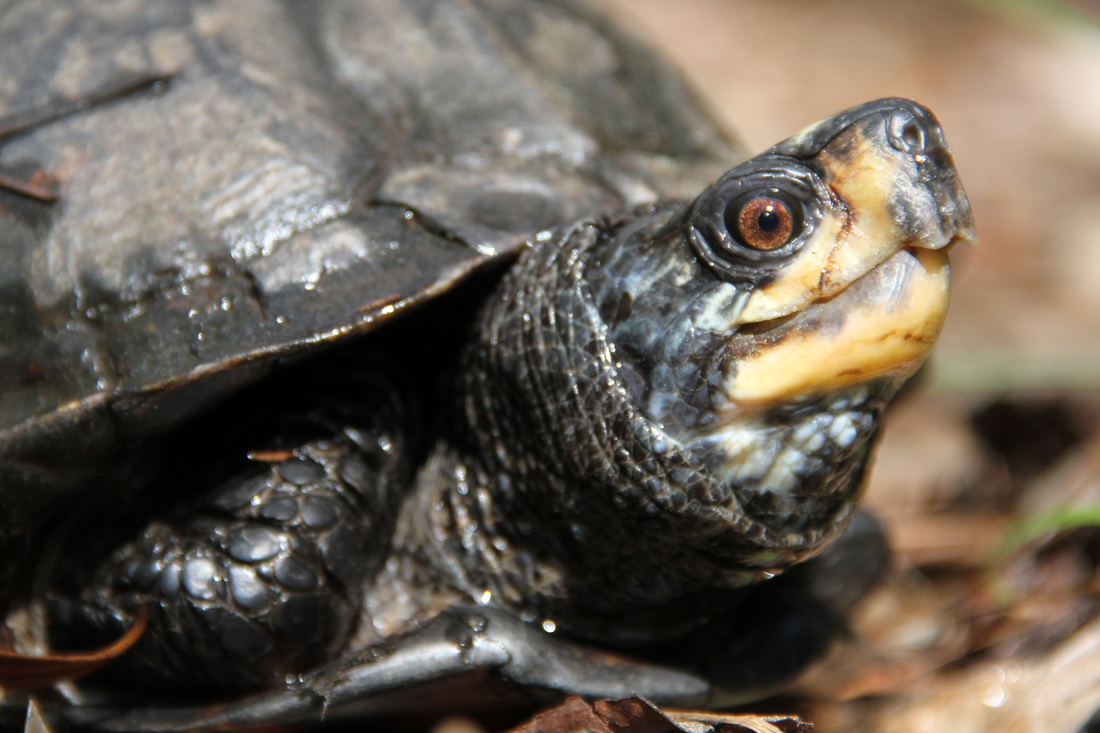
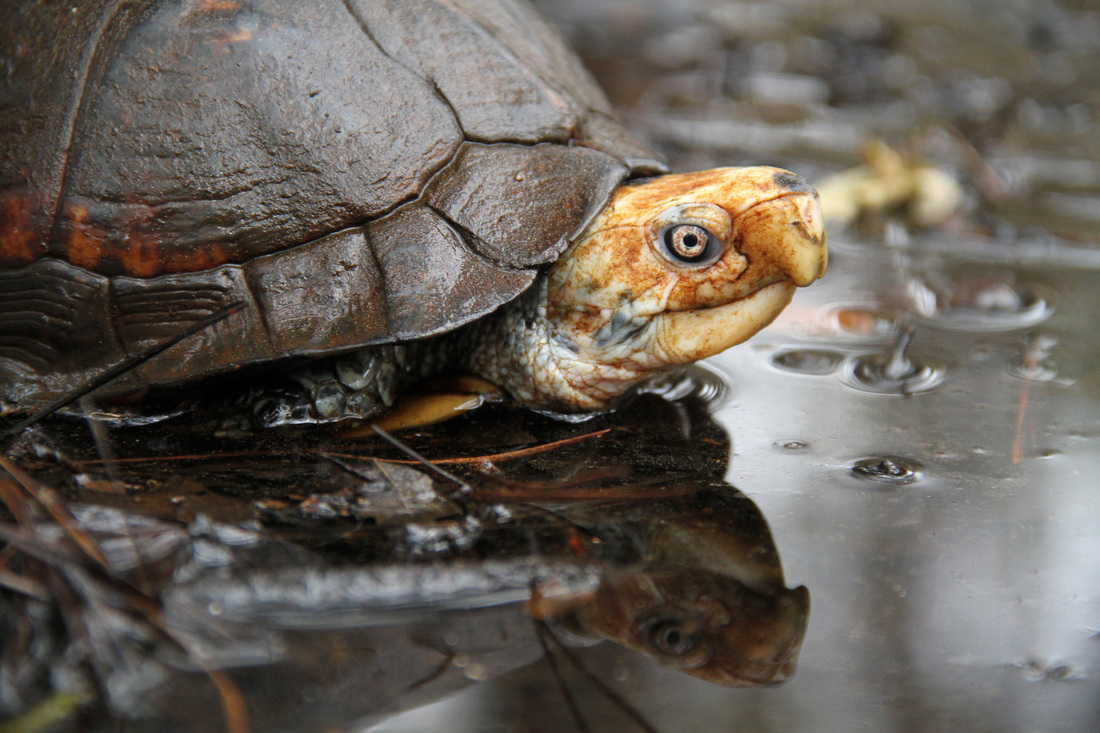
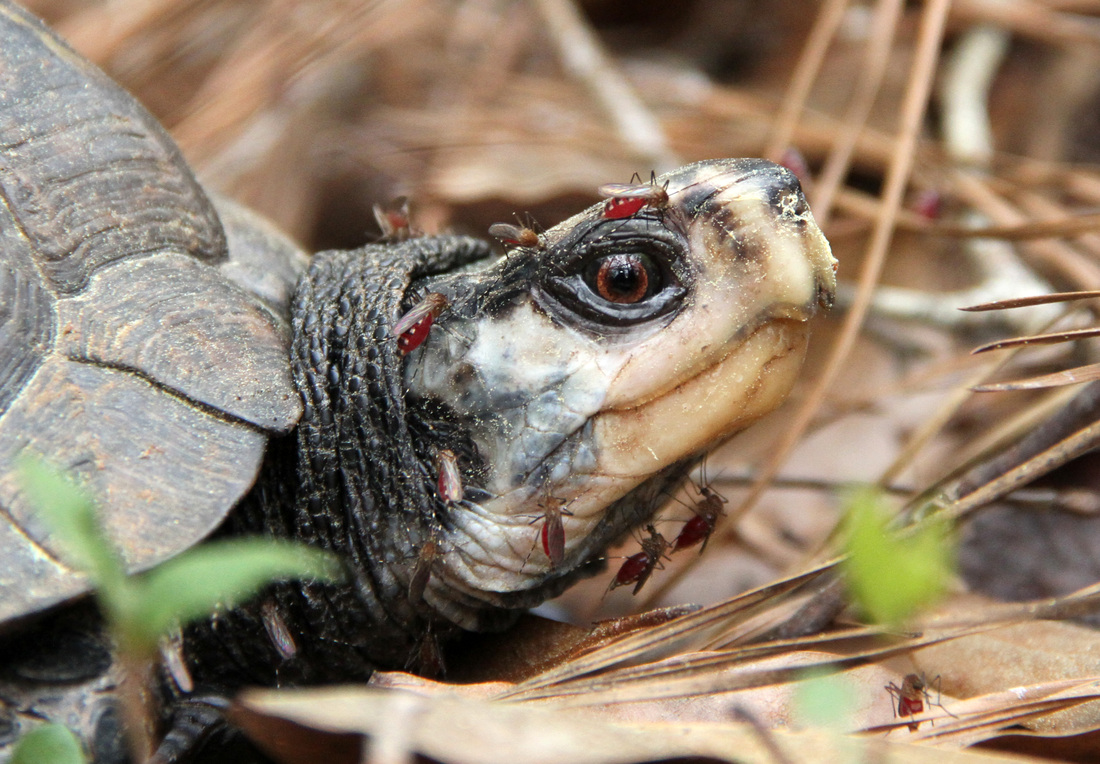
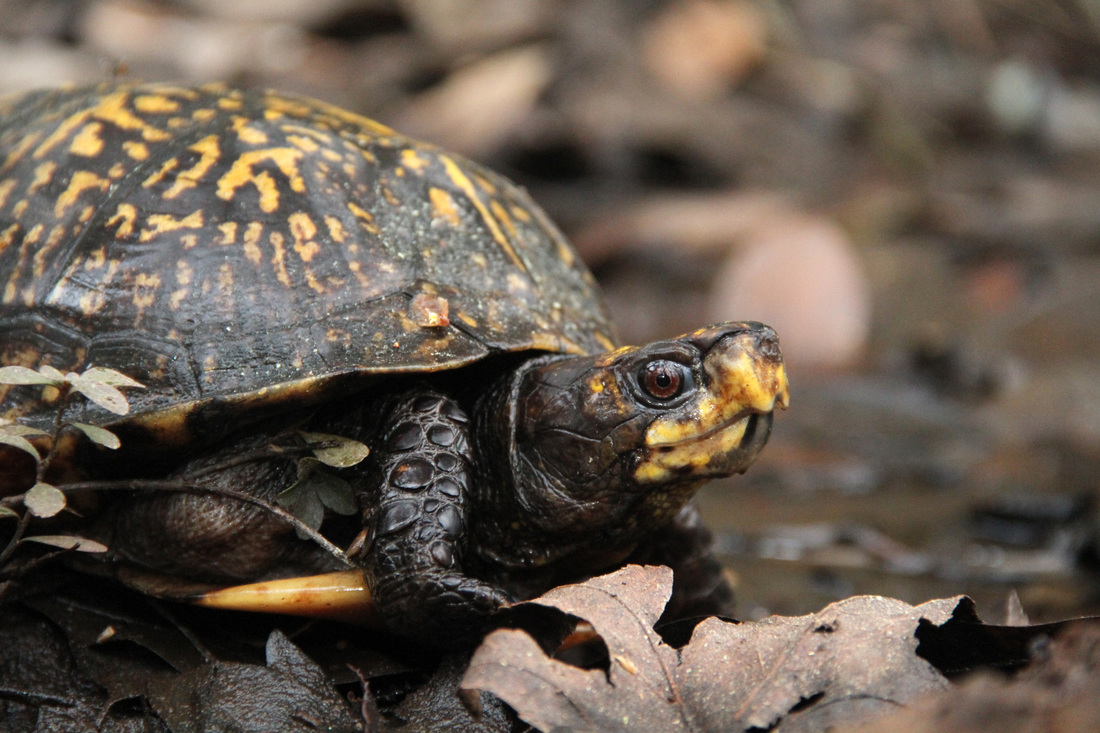
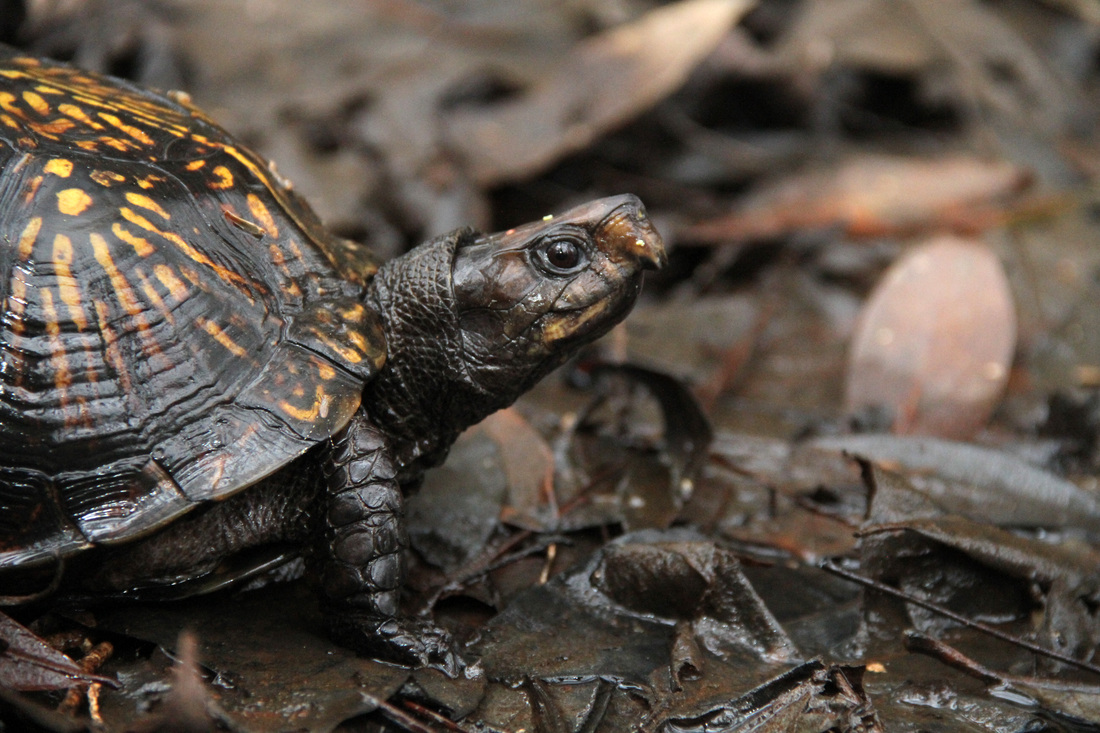
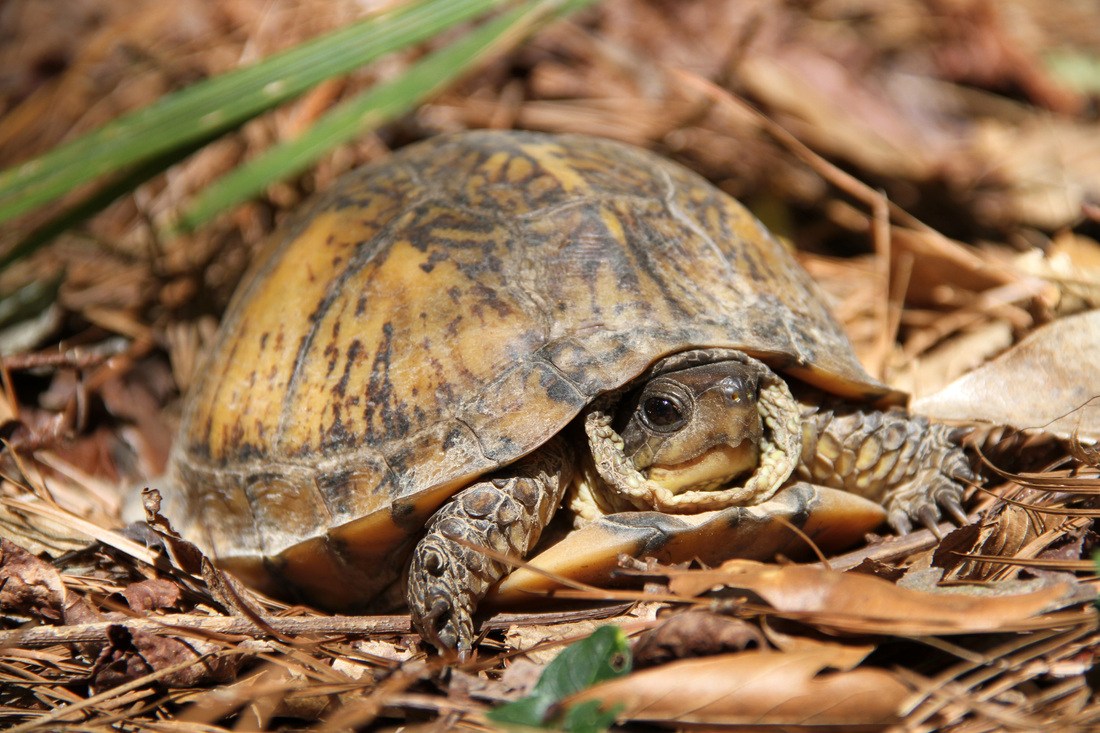
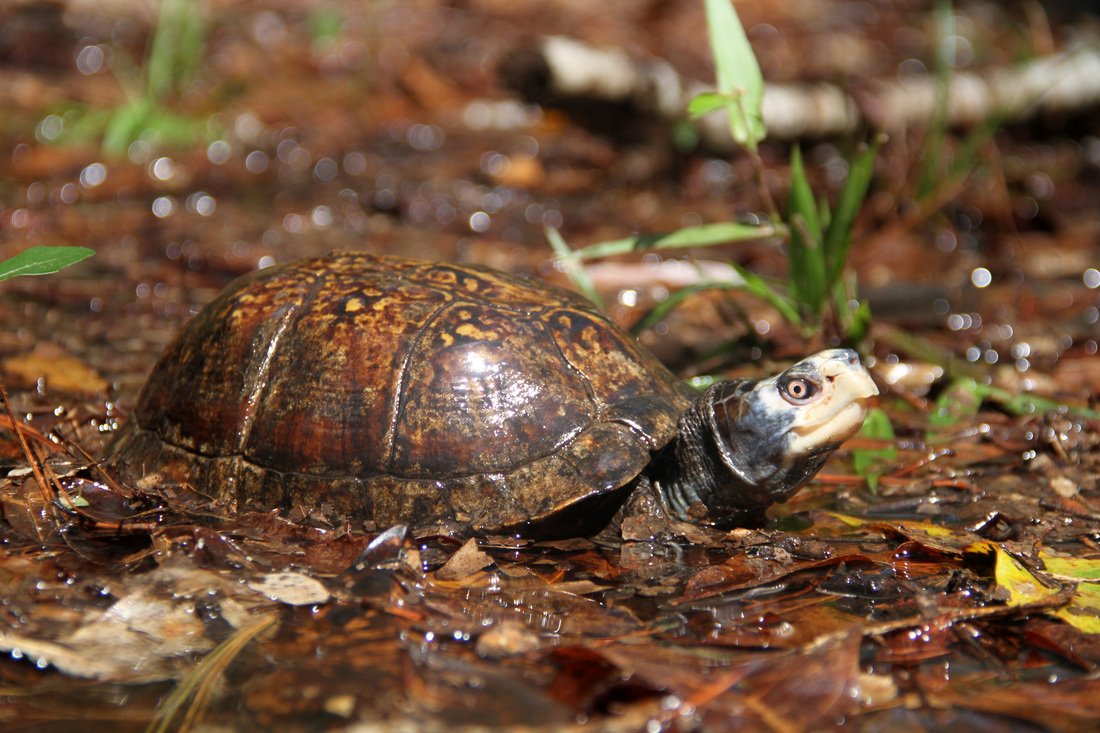
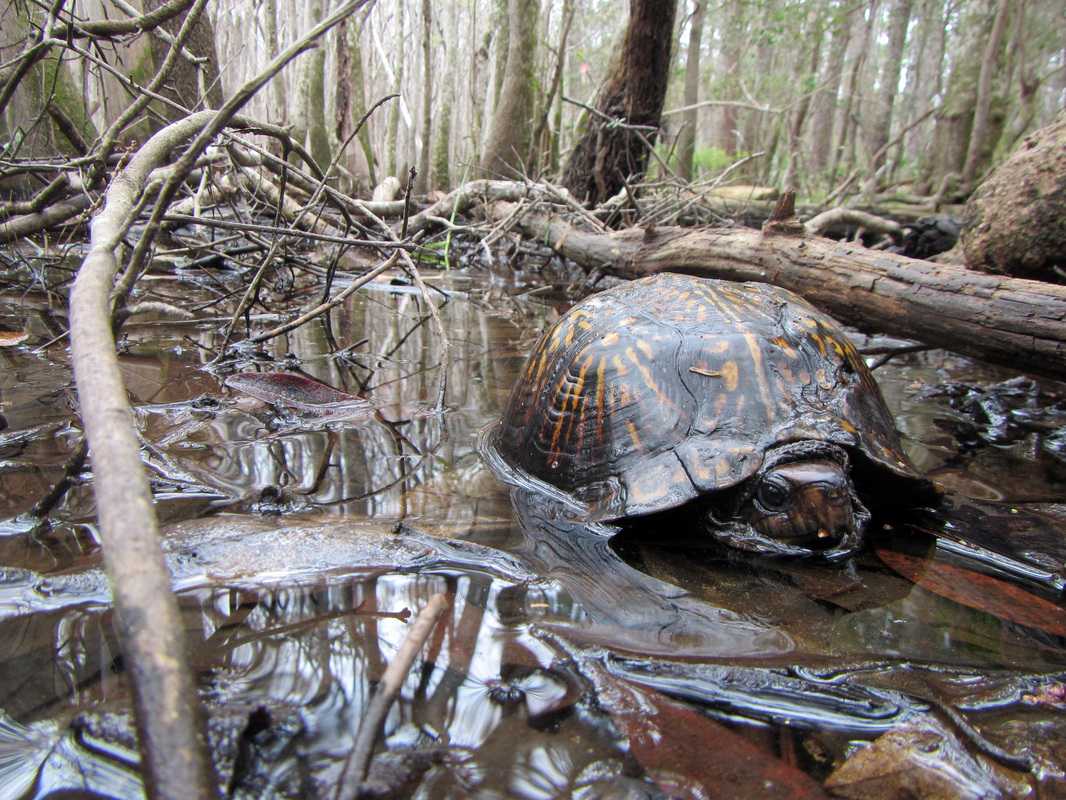
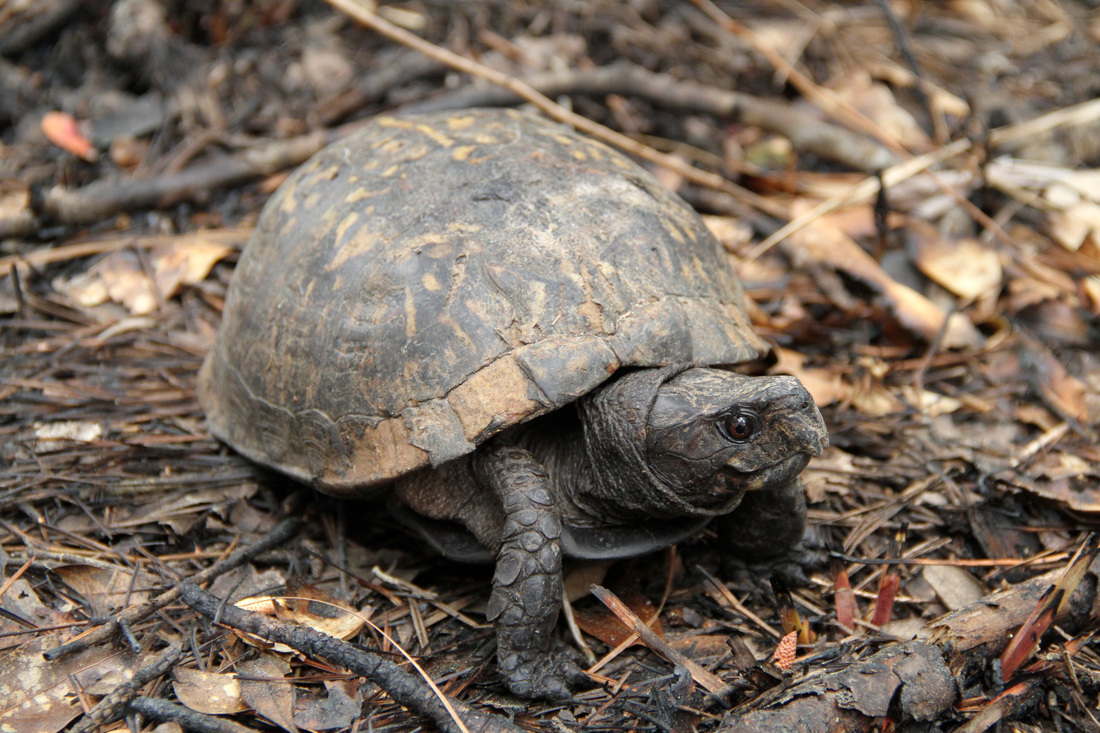
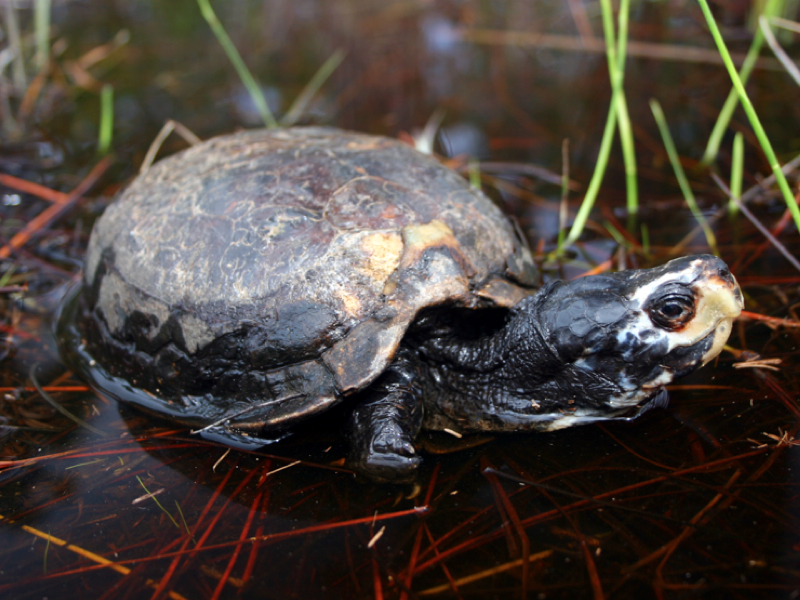
 RSS Feed
RSS Feed